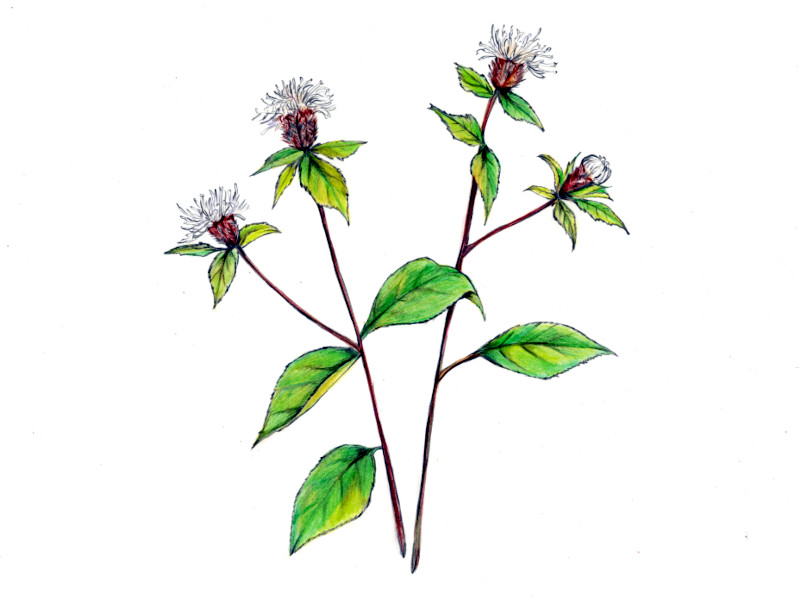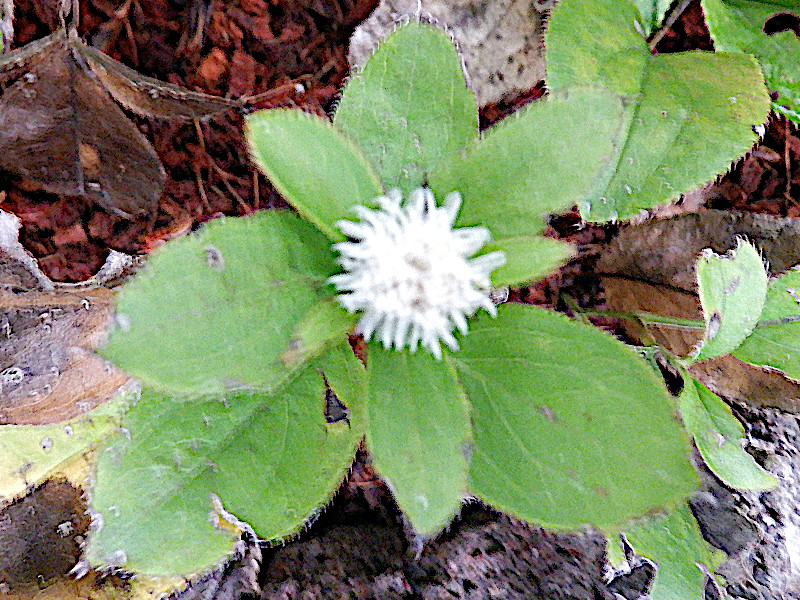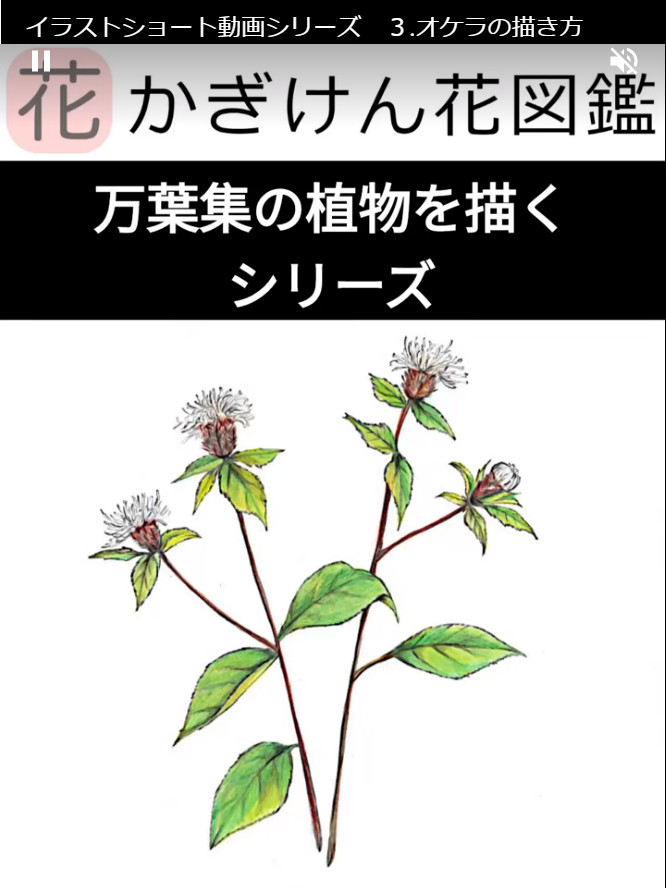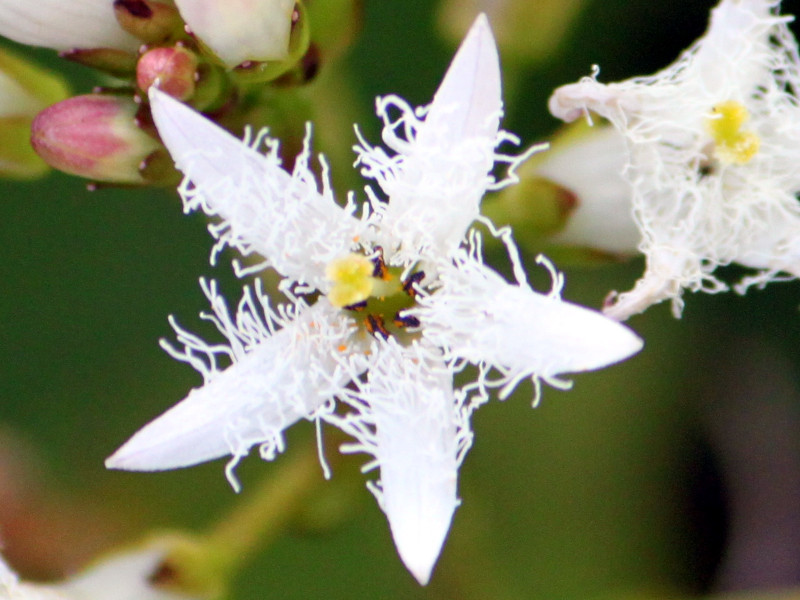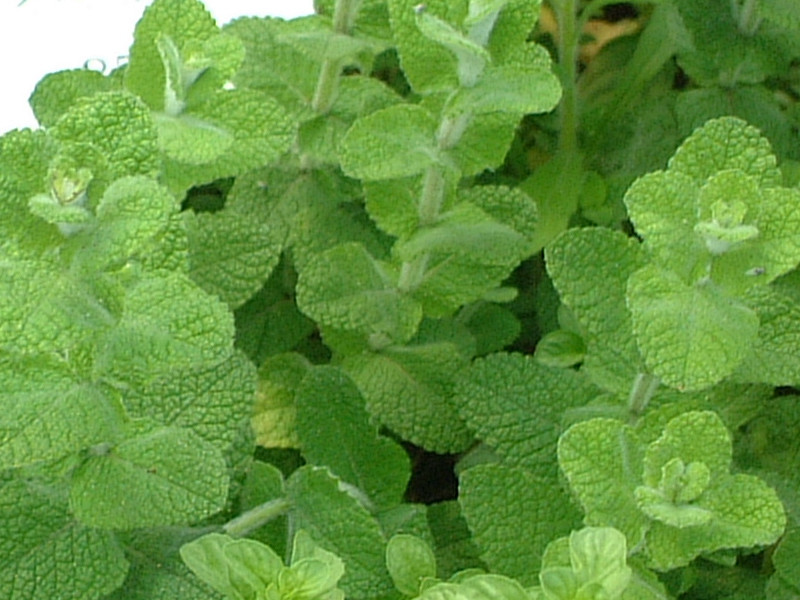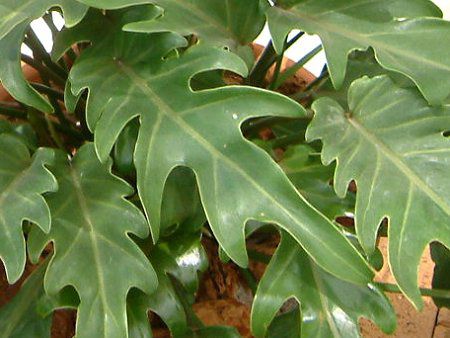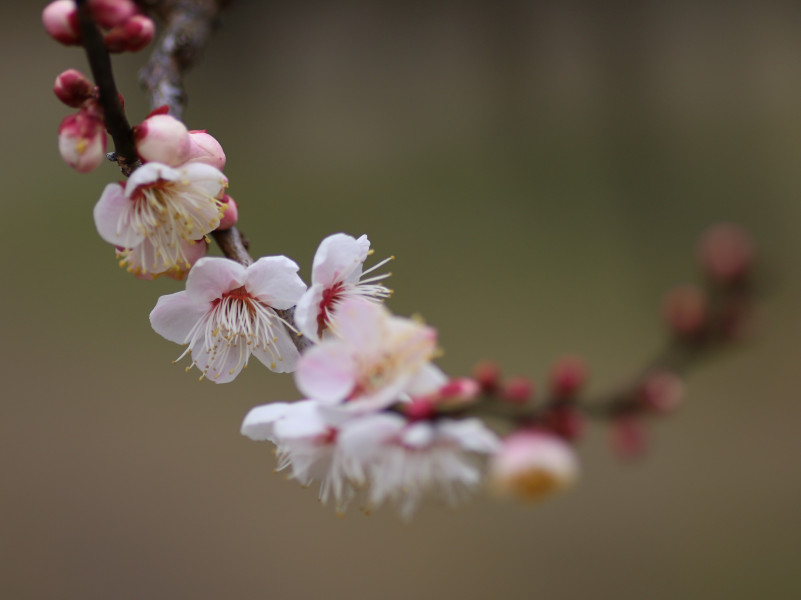Atractylodes japonica
- Flower nameAtractylodes japonica
- Scientific nameAtractylodes japonica
- Alias宇家良, ワビャクジュツ, うけら
- Place of originJapan, the Korean Peninsula, China, and Russia
- Place of floweringFields and footpaths, Low mountains
- Flowering seasonSeptember, October
What is Atractylodes japonica
Atractylodes japonica or okera, name: Atractylodes japonica) is a cold- and heat-resistant perennial herb of the genus Atractylodes native to Japan, the Korean Peninsula, China, and Russia. The stems are erect, stout, and branched. Flowers are produced in a capitate inflorescence with only tubular flowers 2 to 2.5 cm in diameter that are white to pale red. There are two rows of pinnate bracts at the base. In Manyo nomenclature, it is called ujera, and the baijiu festival was held at New Year's when the rhizome (baijiu) of the okera was burned, and the New Year was celebrated by boiling zoni (a kind of stew) with the kindling.
The species name "japonica" means "from Japan. The "https://www.flower-db.com/en/flowers/atractylodes-macrocephala">Atractylodes macrocephala (scientific name: Atractylodes macrocephala), which is native to China, has a larger flower head than the "Okera" and its flowers are light red in color.
Common name: Atractylodes japonica, scientific name: Atractylodes japonica, Origin: Japan, Korean Peninsula, China, Russia, Habitat: Honshu - Shikoku, Kyushu, Environment: Mountainous areas, Plains, Life form: Perennial herb, Height: 0.3 - 1 m, Petiole: Yes, Leaf color: Green, Leaf shape: pinnate to ovate, Leaf stalk: cm long, Leaf width: cm, Leaf margin: serrate with a spine on the tip, Phyllotaxy: alternate leaf stalk/root, Dioecious Inflorescence type: capitulum; corolla: white to pale red tubular flowers; head flower diameter: 2 to 2.5 cm; flowering season: August to October; fruit type: barren; fruit shape: inverted conical with corolla hairs; uses: bonsai; shoots are wild vegetables; rhizome is used for medicine (crude drugs), flower arrangement and dried flowers.
